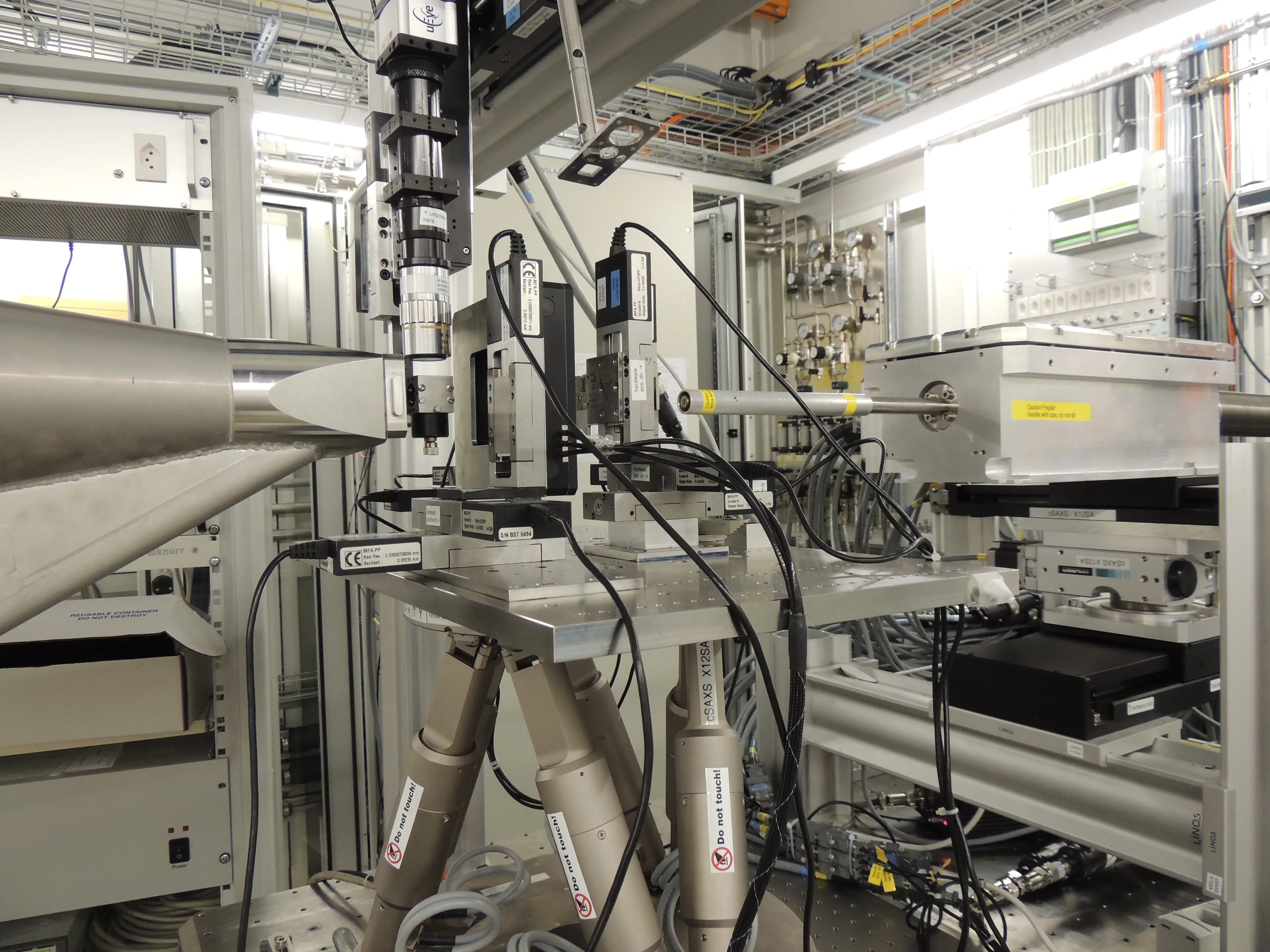ALBA Synchrotron

By Ana Díaz from cSAXS beamline (SLS 2.0)
When
Contact info
Eduardo Solano
Location
Maxwell Auditorium
Where
ALBA Synchrotron
Abstract
X-ray microscopy offers a non-destructive complementary approach to electron microscopy. However, achieving high-resolution X-ray imaging is challenging due to the difficulty to fabricate X-ray lenses with sufficient quality and efficiency, especially for hard X-rays, i.e. at photon energies above about 2 keV. Methods like full-field X-ray microscopy make use of lenses placed after the sample, which means that most of the X-rays going through the sample are wasted in the imaging process. This motivates the development of more dose-efficient methods like X-ray nano-holotomography (XNH), coherent X-ray diffraction imaging (CDI), or X-ray ptychography, where there is no lens between the sample and the detector, and thus the imaging process can be in principle more efficient. However, the experimental realization of these techniques can be challenging for different reasons: in XNH the resolution is limited by how small the beam can be focused before the sample, in CDI the convergence of the algorithm to retrieve the sample is problematic, and in ptychography we need to scan the sample with high accuracy to make it competitive. In my presentation, I will give an overview of these techniques with their pros and cons. This will clarify in which cases it makes sense to use which techniques, and how beamlines should be built to exploit each of them optimally.